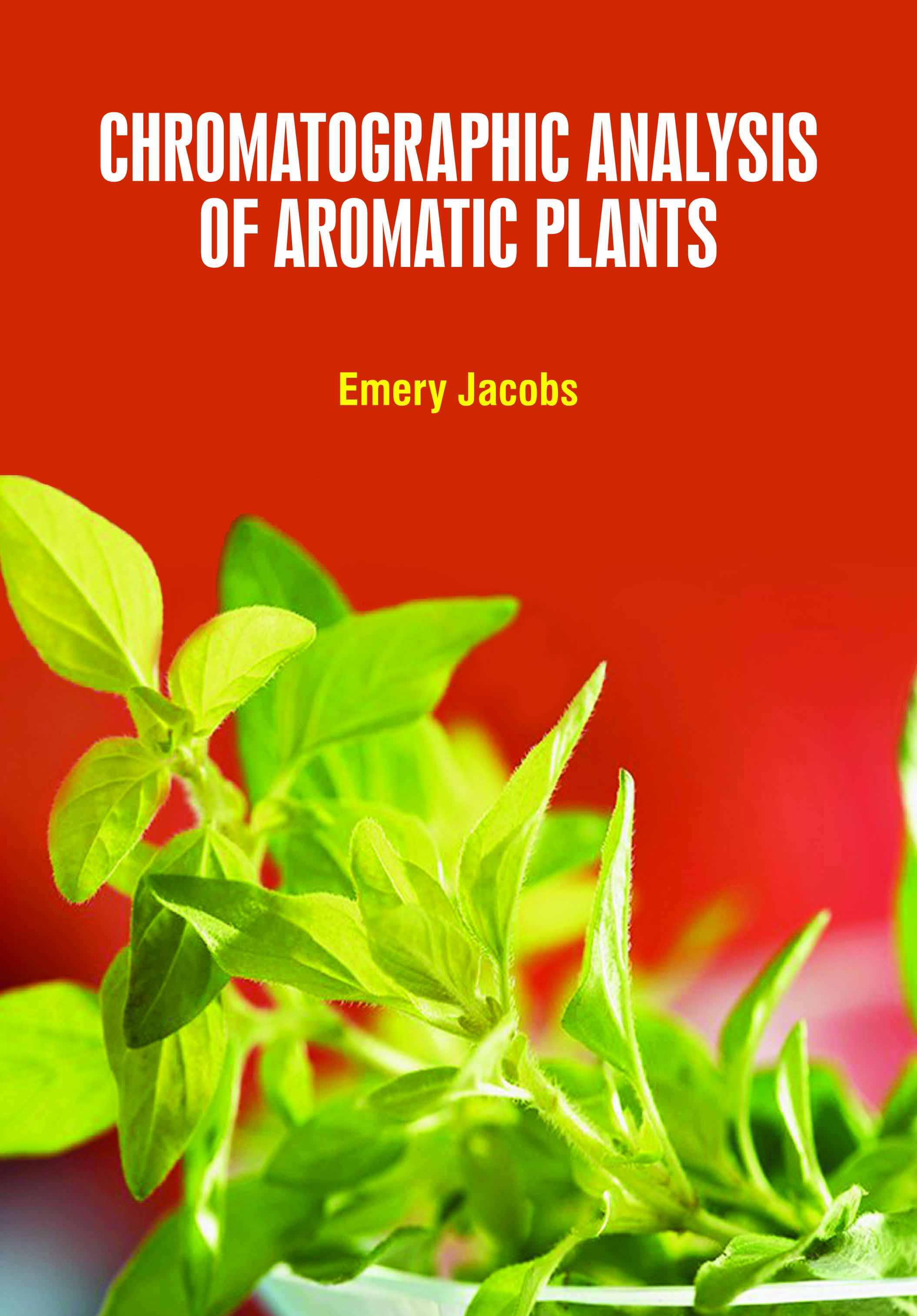
Chromatographic Analysis of Aromatic Plants
by Emery Jacobs
| ISBN | 9781799600947 |
|---|---|
| Publisher | White Press Academics |
| Copyright Year | 2020 |
| Price | $230.00 |

by Emery Jacobs
| ISBN | 9781799600947 |
|---|---|
| Publisher | White Press Academics |
| Copyright Year | 2020 |
| Price | $230.00 |
The analytical techniques that are applied for medicinal and aromatic plants are used particularly for the analysis of secondary substances, minor components in plants that are distributed very inhomogenously. Therefore, the main analytical problems that exist are related to correct sample preparation and separation of the analytes. Chromatography is a laboratory technique for the separation of a mixture. The mixture is dissolved in a fluid called the mobile phase, which carries it through a structure holding another material called the stationary phase. The various constituents of the mixture travel at different speeds, causing them to separate. The separation is based on differential partitioning between the mobile and stationary phases. Subtle differences in a compound’s partition coefficient result in differential retention on the stationary phase and thus affect the separation. Aromatic plants may contribute for human health promotion due to their antioxidant properties and also by replacing added salt in foods. Phenolic compounds are one of the major groups contributing for aromatic plants properties, including the prevention of cancer, cardiovascular and neurodegenerative diseases. This book is essential for analysts, quality assurance professionals, and regulators seeking a comprehensive text on how to use HPTLC to determine whether botanicals comply with current, good manufacturing practices.